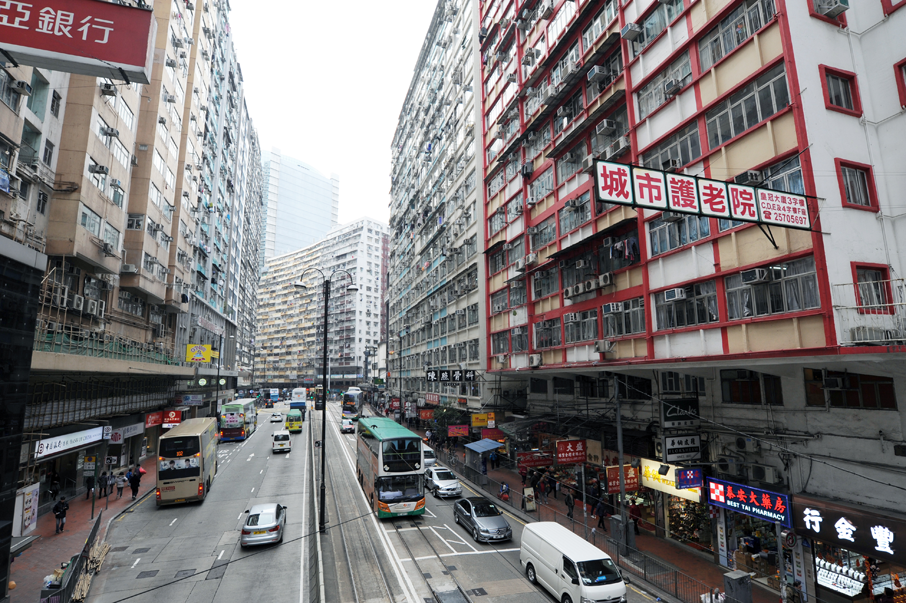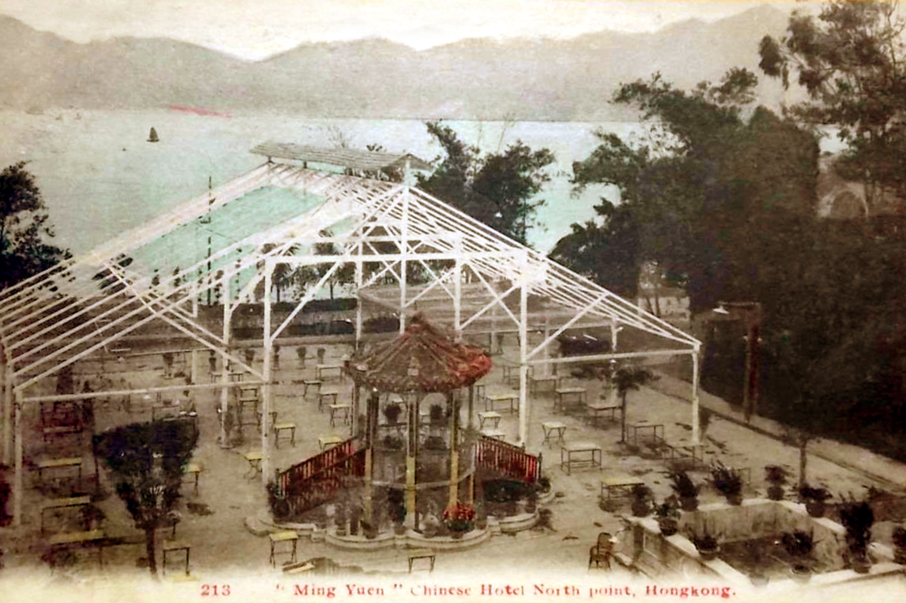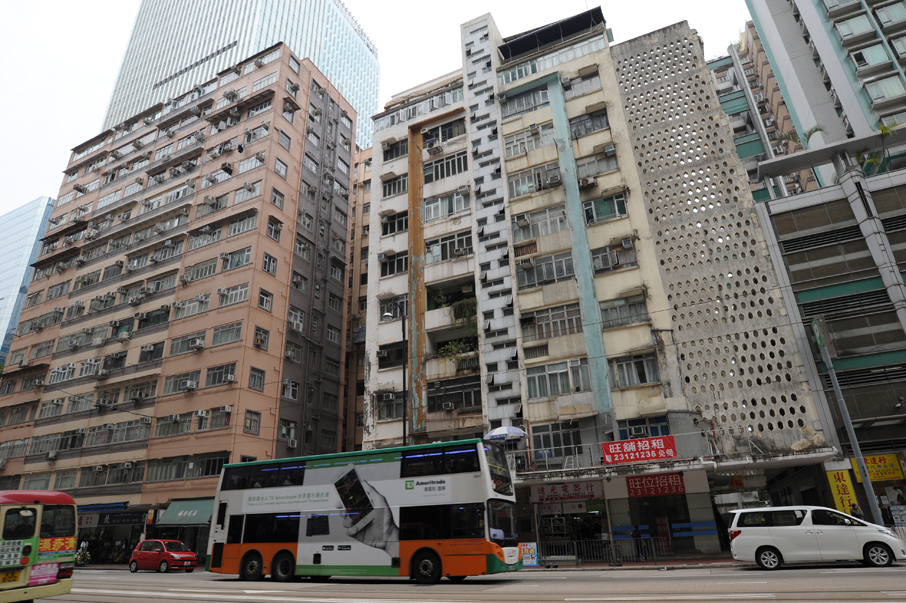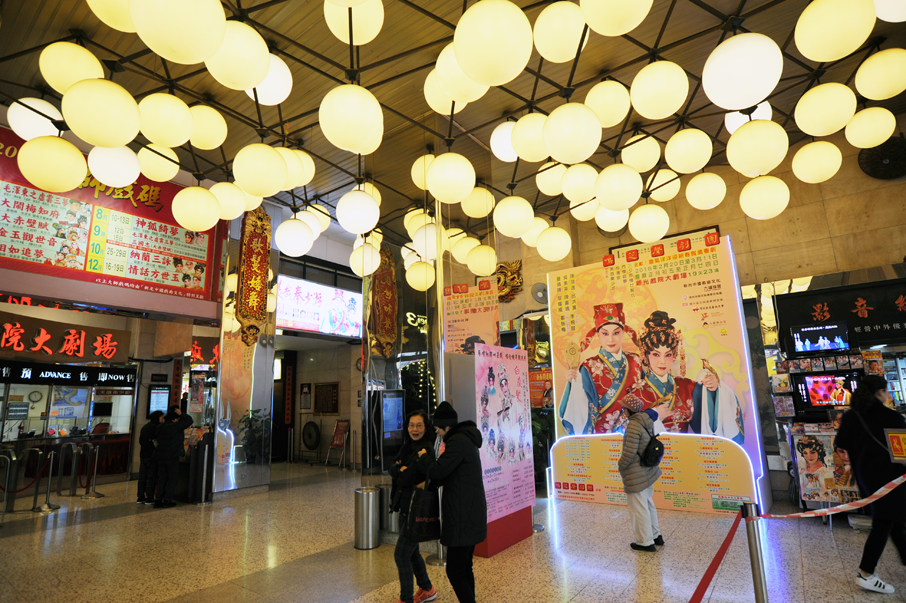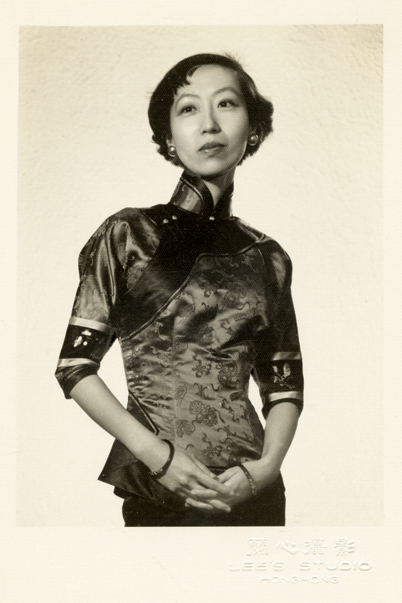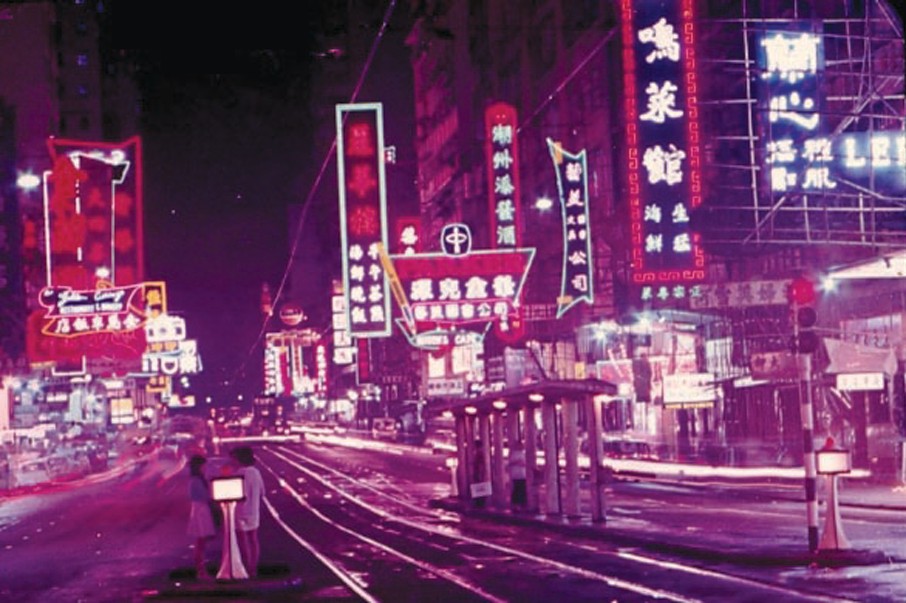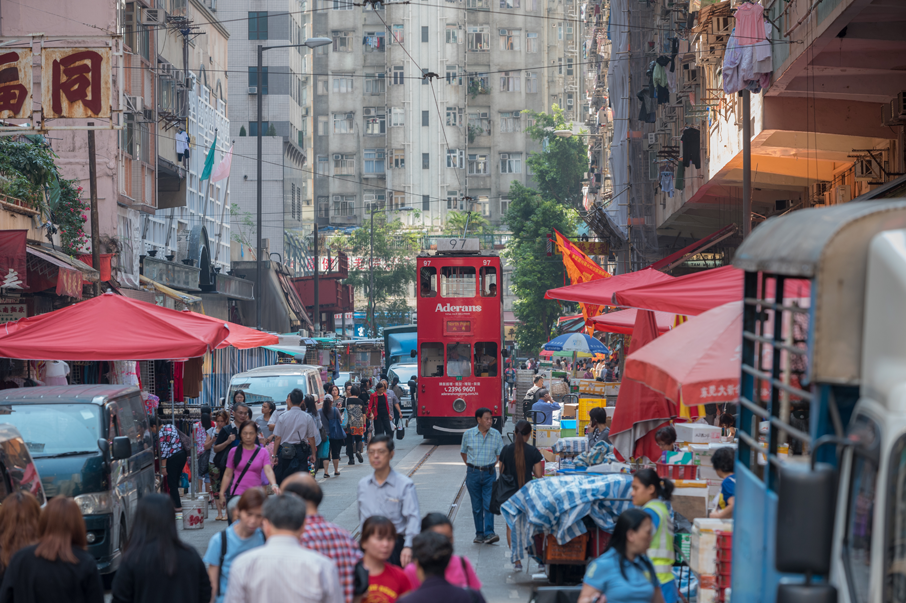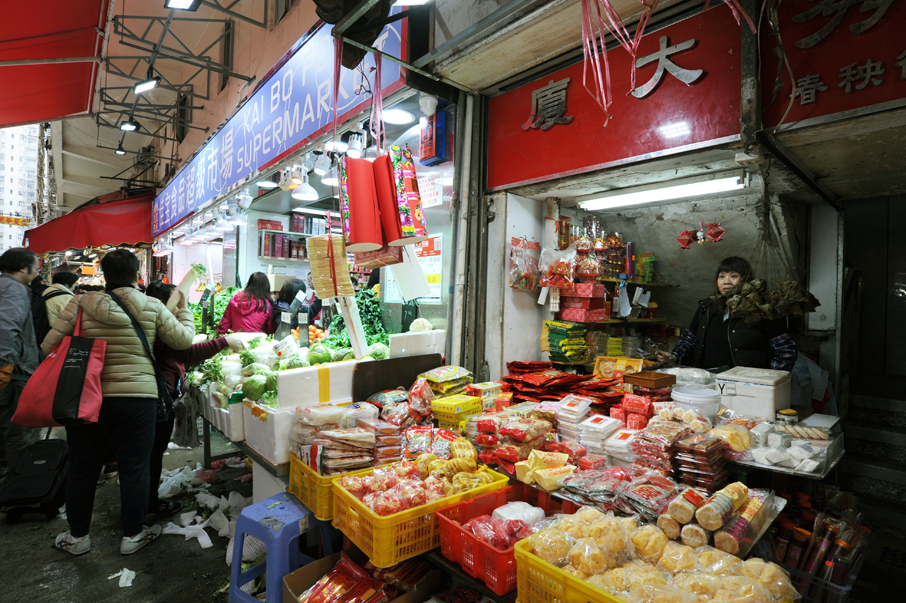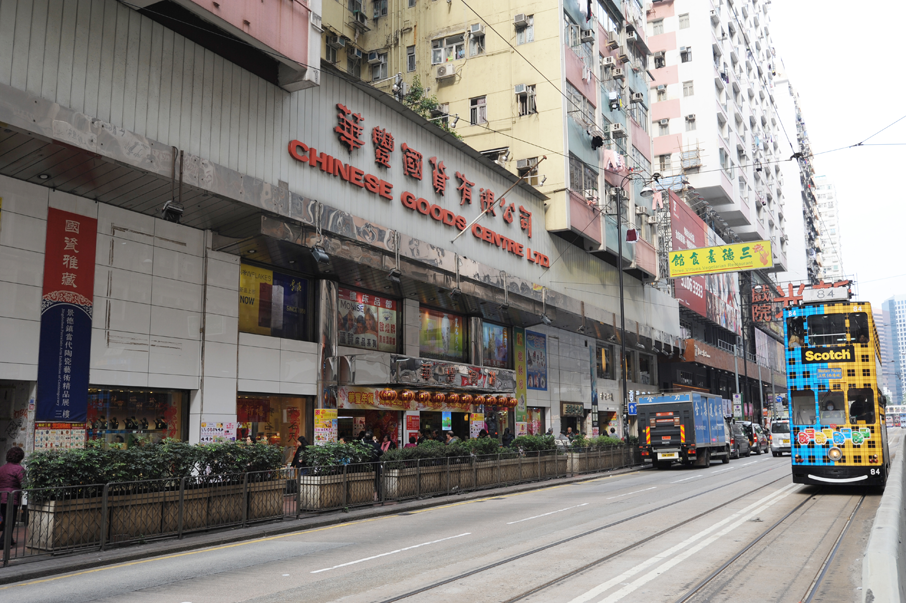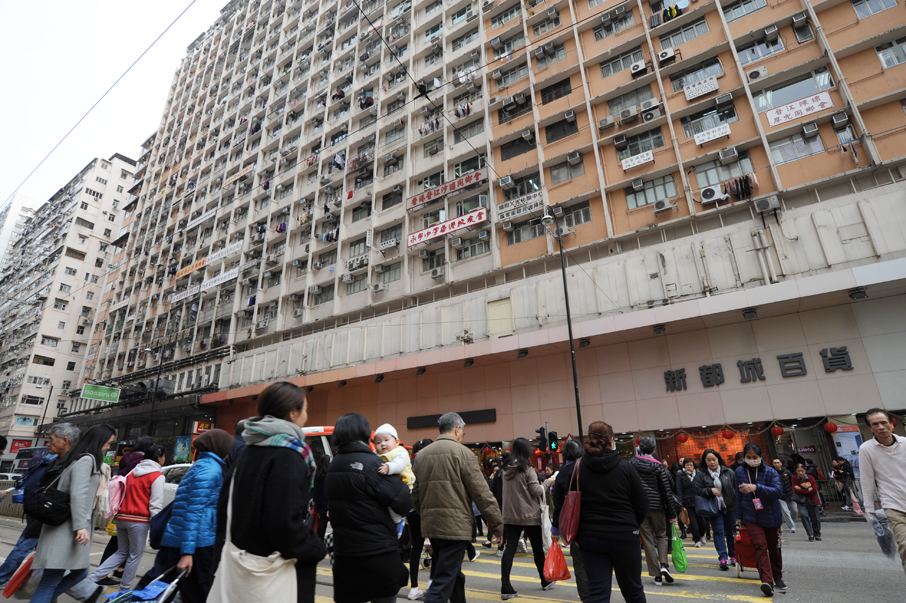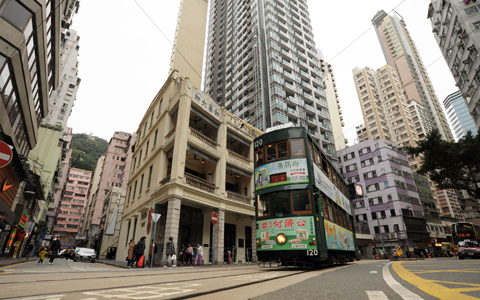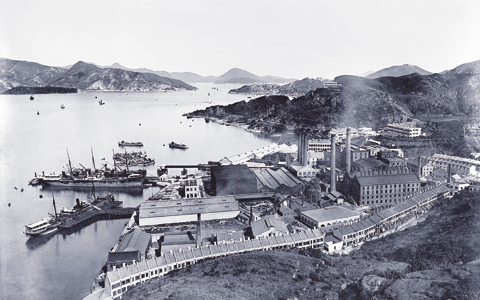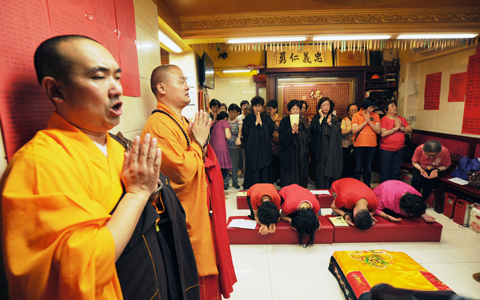Text | CHAN Tin Kuen
Photo | Hulu Culture
From Little Shanghai to Little Fujian
Many Shanghainese settled in North Point in the 1940s and ‘50s, giving it the moniker “Little Shanghai” which was superseded by “Little Fukien (Fujian)” before the decade was out. By making themselves home in the neighbourhood, these two ethnic groups infused it with a culture that was markedly distinct from the Cantonese.
The Show Must Go On
After the outbreak of the Sino-Japanese War, some of the more affluent Jiangzhe people (aka. Wu region) fled Jiangsu, Zhejiang, Shanghai and their environs to take refuge in Hong Kong. The flow of immigration grew after the Chinese Civil War and peaked after 1949. Some Shanghainese moved to what was then sparsely populated North Point, and you could often spot them on Fort Street, Kin Wah Street, Ching Wah Street, Cheung Hong Street, and North View Street in addition to King's Road.
The Old City of Shanghai had a vibrant night life brimming with revellers, and some merchants took a leaf out of their playbook by opening entertainment venues in North Point. First came the Ritz Ballroom, Swimming Pool and Garden, then Luna Park (an amusement park featuring the Sky Room nightclub within), night clubs, and a deluge of movie theatres such as Empire Theatre (renamed State Theatre in 1959) and Metropole Theatre. Migrants carried on with their way of life in this way. Many Shanghainese restaurants, clothing stores, photo studios, hairdressers and Jiangnan grocers also cropped up in the area, along with the name "Little Shanghai".
Long before all this came about, North Point premiered a large playground called Ming Yuen Garden (“garden of fame”) in 1918 that closed in the late 1930s. In 1947, Wong Kwan-cheng, an industrialist from Zhejiang Province, settled in Hong Kong to purchase the site. Metropole Theatre was built in 1954, only to last nine years when Wong realised that the population was soaring—as was demand for housing. He demolished the theatre, and in its place, together with adjacent plots, he built four large-scale dwellings for a total of more than a thousand units christened Metropole Building. Three residential towers were also built under the name of Ming Yuen Mansions, a pun on the original which meant “garden of brightness”. Later, the government named Ming Yuen Western Street after the mansions, and the garden of fame faded into obscurity.
In the 1950s - 1960s, the film industry grew explosively as cinemas, or “theatres”, became a public pastime. North Point boasted Odeon, Olympia, Sunbeam and others on top of State Theatre, while nightclubs and playgrounds spiralled downhill. As the Shanghainese moved out of North Point, the Ritz and Luna Park closed down and were rebuilt into residential towers.
In turn, the 1980s saw the rise of home video tapes and discs which bled theatres dry. Odeon, Olympia and State closed in 1981, 1995 and 1997 respectively, leaving Sunbeam as the last theatre standing as it transitioned to a Cantonese opera venue. State Theatre dodged the wrecking ball and its interior was repurposed, while its rich and distinctive façade remains, a testament to the glorious days of "Little Shanghai”.
Beside recreational venues, North Point also had a school for the Wu people. Kiangsu and Chekiang Residents (H.K.) Association founded Kiangsu-Chekiang College on North Point Road in 1953, using Mandarin as the language of instruction to provide primary and kindergarten education. In 1958, the government set aside the hillside of Ching Wah Street to build a larger school, with an additional secondary wing set up as the children grew up. The schoolhouse is still in place today, and the secondary division has been gradually relocated up Mid-Levels, North Point on Braemar Hill Road since 1969.
Two churches were built in North Point in the 1950s, mainly to serve the southbound Wu immigrants. When Methodist ministers found out that the neighbourhood had no churches, they contacted members from various provinces to create a Mandarin-speaking church in 1953. In 1962, it relocated to the top of Cheung Hong Street and became what is known today as the North Point Methodist Church.
The Catholic Church also arrived during this time. In 1953, Bishop Lorenzo Bianchi appointed Fr. George Caruso of the Pontifical Institute for Foreign Missions (PIME) to conduct relief work at North Point, whereby he set up St. Jude's Chapel at Chung On Terrace. As the number of churchgoers rose, Bianchi applied to the government for the construction of a large church on Kin Wah St, which was completed in late 1957 and named St. Jude's Church.
The March of the Fujianese
More arrived in North Point in the 1950s, many of them Fujianese, while the Shanghainese left the area or moved to higher ground at Mid-Levels, North Point.
Why did the Fujianese choose to settle in North Point? The answer lies with the history of Fujianese migration. Hailing from a coastal province, they have been making a living at sea or settling across oceans for a long time. Soon after the British took possession of Hong Kong, they came over to trade and congregated around Sheung Wan. The Fukien Chamber of Commerce was founded in 1917 to unite the community.
In the first half of the 20th century, many Fujianese went to Southeast Asia via Hong Kong to work in Indonesia, the Philippines and Malaysia. Kwik Djoen-eng (aka. Kwok Chun-yeung) was a first-wave Fujianese immigrant in Java, Indonesia, with a family trade in rice, tea and sugar. The latter was the most successful and he became a sugar tycoon. In the early 1920s, he came to Hong Kong to do business, run commercial banks and shipping, reclaiming land at North Point and building wharves for Java sugar ships to dock. He had intended to build a sugar refinery on the newly reclaimed land, but opted for residential buildings instead when the economy took a dive. The government named Chun Yeung Street after him.
Postwar Hong Kong grew in population. In 1948, the government reclaimed land by Chun Yeung Street, where developers built some 40 adjoining houses. Seisapgaan, or "the forty (houses)”, attracted many new immigrants, a fair share of which being Fujianese. The Philippines and Indonesia implemented measures to curb Chinese business in the 1950s. Some overseas Fukienese in the two countries left for Hong Kong and applied for their relatives in Fujian to reunite with them in the city. In 1960, more than 100,000 Chinese Indonesians responded to the Communist Party of China's call for repatriation to New China. Some overseas Chinese eventually resettled in Hong Kong after struggling to adapt to life in the Mainland.
Fujianese newcomers spoke Hokkien, which is not mutually intelligible with Cantonese, and most stayed in North Point to watch one another’s back at Metropole Building, Kiu Kwan Mansion and Maylun Apartments. Within the towers were many Fujianese “clansmen association” along with several temples. The abundance of Fujianese shops and restaurants in the area gave it the name "Little Fujian". In 1962, the Fukien Chamber of Commerce moved to North Point and, four years later, completed a new Fukien Middle School (North Point) campus at Java Road to educate their kinfolk’s children. While many Fujianese shops still stand on Chun Yeung Street today, the sounds of Fujianese have since declined to a whisper.




